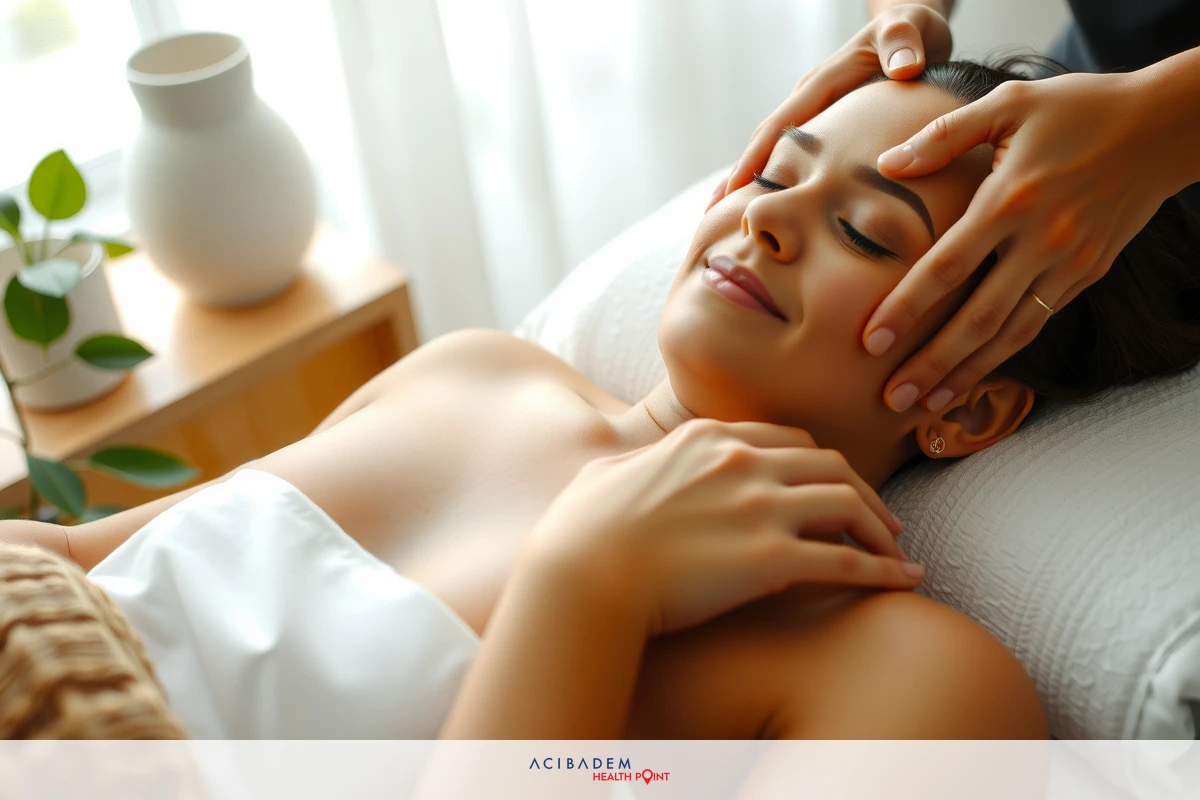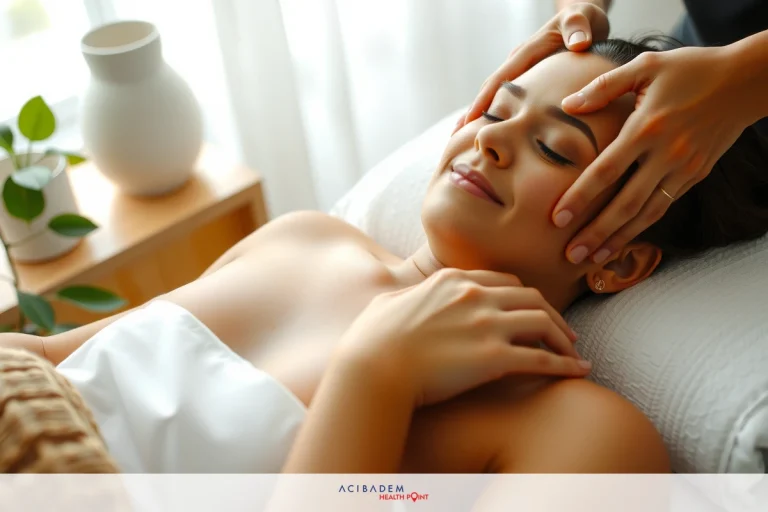Massage After Rhinoplasty Surgery
Massage After Rhinoplasty Surgery Rhinoplasty surgery is a substantial procedure that necessitates a substantial recovery period. During this period, many patients seek ways to enhance their healing process and minimize discomfort. One strategy that has proven to be highly beneficial is massage therapy. Massage after rhinoplasty can offer numerous advantages, including improved relaxation, hastened healing, effective pain relief, expedited recovery, and increased overall well-being.
Despite the potential benefits, it’s crucial for patients to understand the appropriate timing and techniques for post-rhinoplasty massages. Surgeons typically provide guidelines based on individual healing progress and surgical outcomes. By adhering to these recommendations, patients can safely incorporate massage into their recovery regimen and experience its many positive effects.
Benefits
Massage therapy is a powerful tool in promoting recovery and well-being after rhinoplasty surgery. It offers numerous benefits, each contributing significantly to the healing process. A key aspect of its effectiveness lies in its ability to induce relaxation. Following surgery, patients often experience stress and anxiety due to discomfort or uncertainty about the results. A gentle, therapeutic massage can help reduce these feelings, creating a calm environment that’s conducive to healing.
In addition to promoting relaxation, massage therapy also plays a pivotal role in pain relief. After rhinoplasty surgery, patients can experience varying levels of discomfort. Utilizing specific massage techniques designed to target areas of tension and pain can provide immense relief. It soothes the affected muscles, reduces inflammation, and helps alleviate pain, making the recovery period more manageable for the patient.

Another significant benefit of post-rhinoplasty massage lies in its ability to enhance healing and recovery. Massage therapy stimulates blood flow to the affected areas, improving oxygen and nutrient supply. This aids in quicker cell regeneration and wound healing. Furthermore, some massage techniques encourage lymphatic drainage, reducing swelling and speeding up the removal of toxins from the body. All these factors work together to ensure an efficient recovery process, leading to better surgical outcomes and improved overall well-being for patients who incorporate massage into their post-rhinoplasty care plan.
When Can I Start Getting Massages
Determining the optimal timing for starting massages after rhinoplasty surgery is an essential aspect of post operative care. It’s a delicate balance as beginning too early could potentially disrupt the healing process, while starting too late might minimize the benefits of the massage. The appropriate timeframe typically depends on various factors including the specific surgical procedures performed, the individual patient’s healing progress, and the type of massage technique to be used.
After rhinoplasty surgery, your surgeon will closely monitor your recovery and provide guidelines on when to initiate massage therapy. This recommendation is usually based on the surgical outcome and how well your body is healing. Some patients might be advised to start gentle massages as early as a week after surgery, while others may need to wait several weeks. It’s important to remember that each patient’s case is unique, and following your surgeon’s instructions is critical to ensuring a successful recovery.
The right timing for post-rhinoplasty massages can significantly enhance the healing process and improve surgical outcomes. By stimulating blood flow, reducing inflammation, and promoting relaxation, massages can contribute considerably to a smooth and efficient recovery. However, it’s crucial to listen to your body and communicate any discomfort or concerns with your healthcare provider. This way, any necessary
adjustments can be made to ensure your comfort and well-being throughout the recovery journey.
Types of Massage Techniques Recommended for Post-Rhinoplasty Patients
Massages play an integral role in the healing process after undergoing rhinoplasty surgery, but not all techniques are suitable. The key is to use gentle touch techniques that won’t exert undue pressure on the sensitive nasal area. The goal of these massages is to stimulate blood flow, reduce inflammation, and promote relaxation without causing discomfort or disrupting the surgical site.
One such technique often recommended is lymphatic drainage massage. This method involves applying light, rhythmic strokes to stimulate the body’s lymphatic system. The purpose is to help drain excess lymph and fluid from tissues, reducing swelling and speeding up recovery. This type of massage can be particularly beneficial for post-rhinoplasty patients as it helps alleviate the common symptom of facial puffiness and promotes faster healing.
Another recommended technique is gentle facial massage focusing on areas around the nose rather than directly on it. Such a method helps relax the facial muscles, relieving tension and promoting overall relaxation. This approach can also indirectly aid in reducing discomfort associated with rhinoplasty surgery by creating a calming effect that helps patients relax and rest better, two critical components of a successful recovery process. As always, these techniques should only be performed under the guidance of a trained professional or according to guidelines provided by your healthcare provider to ensure safety and effectiveness.
Frequently Asked Questions
Can massage help reduce swelling after rhinoplasty surgery?
Yes, massage therapy can be effective in reducing post-operative swelling after rhinoplasty surgery. Techniques such as lymphatic drainage massage can help stimulate the lymphatic system, promoting the removal of excess fluid and reducing swelling. It is important to consult with your surgeon or a qualified massage therapist who specializes in post-operative care to determine the appropriate timing and technique for your specific situation.
Is it normal to experience some discomfort during a post-rhinoplasty massage?
Mild discomfort or sensitivity can be expected during a post-rhinoplasty massage, especially in the early stages of recovery. However, it is crucial to communicate any discomfort or pain to your massage therapist. They can adjust the pressure and technique accordingly to ensure your comfort and safety. It is important to work with a knowledgeable professional who understands the unique considerations and limitations associated with post-rhinoplasty massages.
Will massage therapy speed up the healing process after rhinoplasty surgery?
While massage therapy can support and enhance the healing process after rhinoplasty surgery, it does not necessarily speed up the overall healing time. Massage techniques like lymphatic drainage can assist in reducing swelling and promoting circulation, which may contribute to a more efficient recovery. However, healing time varies for each individual, and it is essential to follow the guidance of your surgeon regarding post-operative care
How soon after rhinoplasty surgery can I start receiving massages?
The timing for starting massages after rhinoplasty surgery depends on various factors, including your surgeon's recommendations and your individual healing progress. Typically, gentle massages may be initiated within the first week or two following surgery. However, it is vital to consult with your surgeon for personalized advice based on your specific case.
Can I perform self-massage after rhinoplasty surgery?
It is generally advisable to avoid self-massage after rhinoplasty surgery, especially in the early stages of recovery. The delicate nature of the healing process and the potential for causing unintended harm or disruption to the surgical site make it essential to seek professional guidance. A qualified massage therapist with experience in post-operative care can provide the appropriate techniques and ensure a safe and effective recovery.











